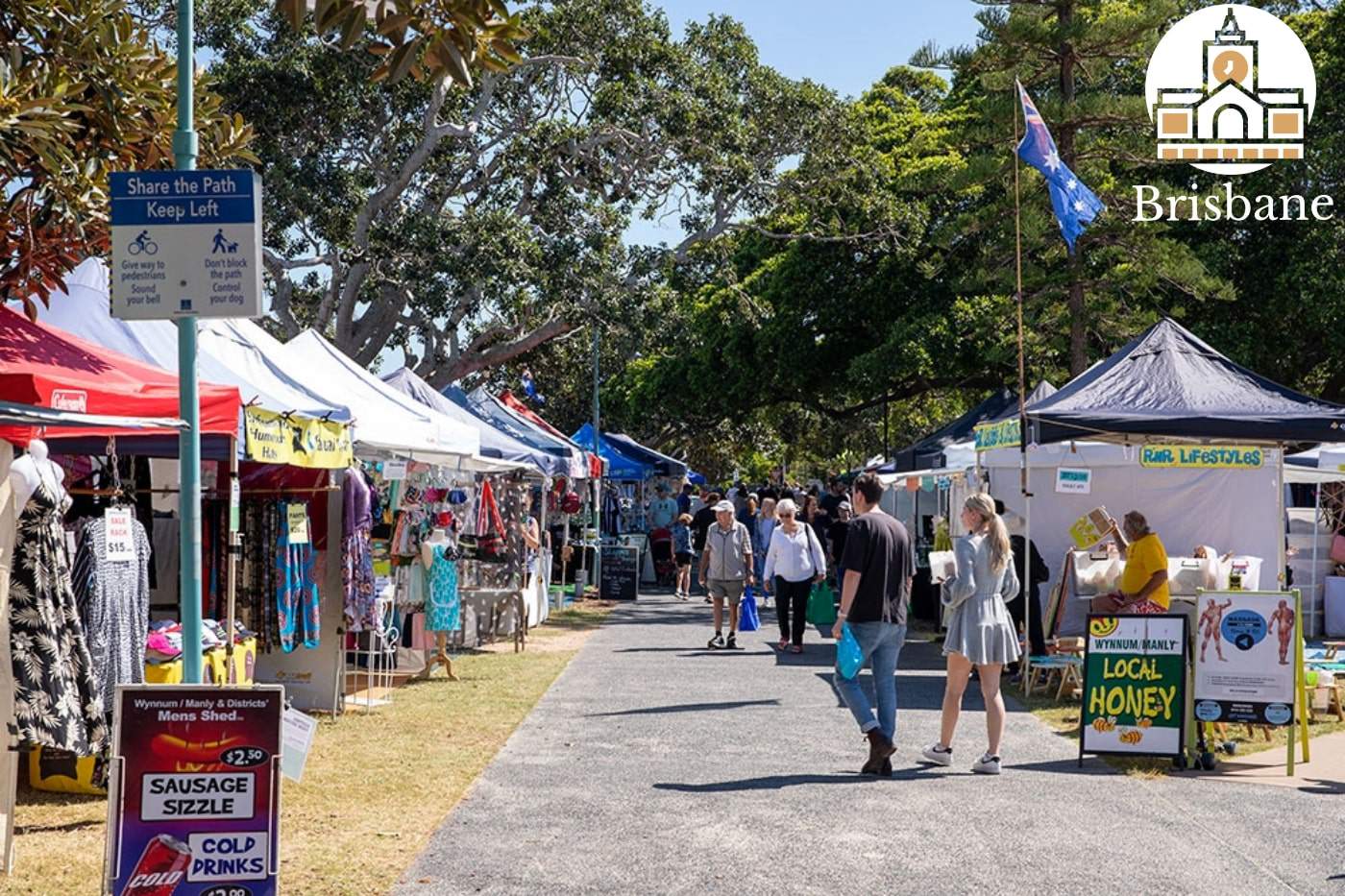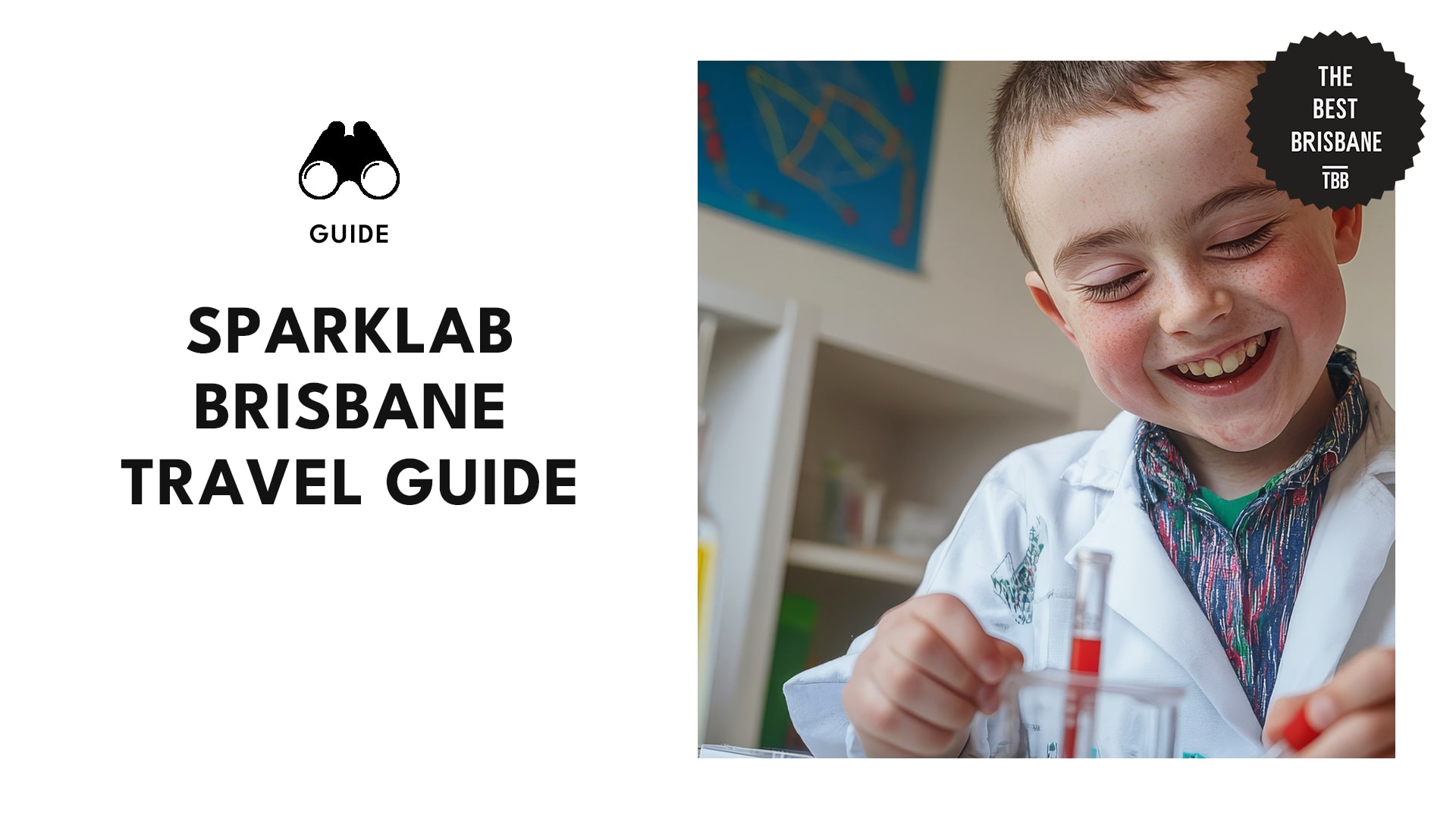Categories > Guides and Tips
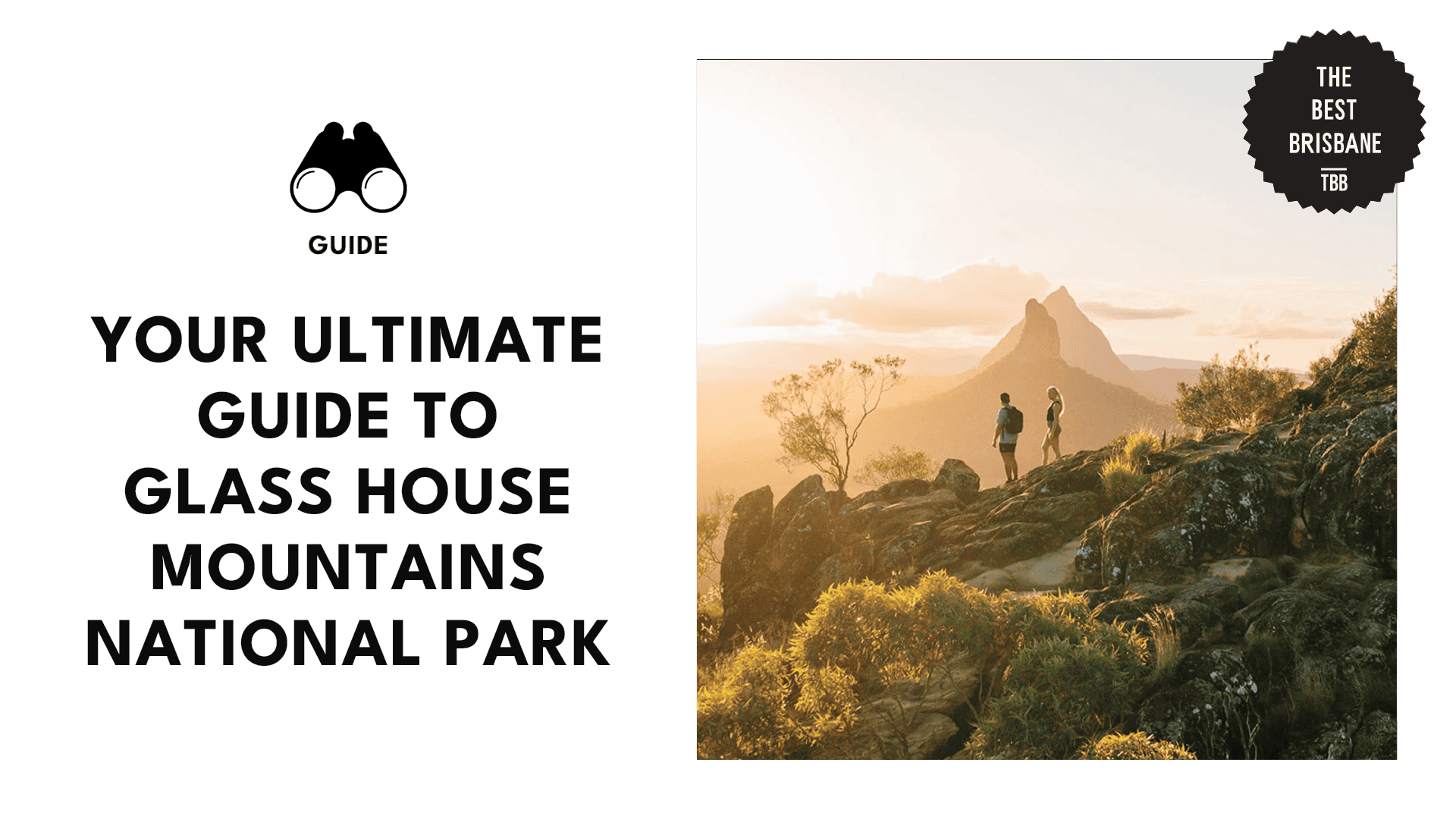
We took the trip to the Glass House Mountains National Park and it was the most amazing thing ever!
If there’s one place that I would go that offers more than just a scenic hike, then expect that I’m already signed up for Glass House Mountains National Park.
I was able to explore ancient volcanoes, learn about Aboriginal history, and spot all kinds of Aussie wildlife! Needless to say, it was an unforgettable time!
So what are you waiting for? Join me, because it’s best to see this place with company!
Glass House Mountains National Park: An Overview
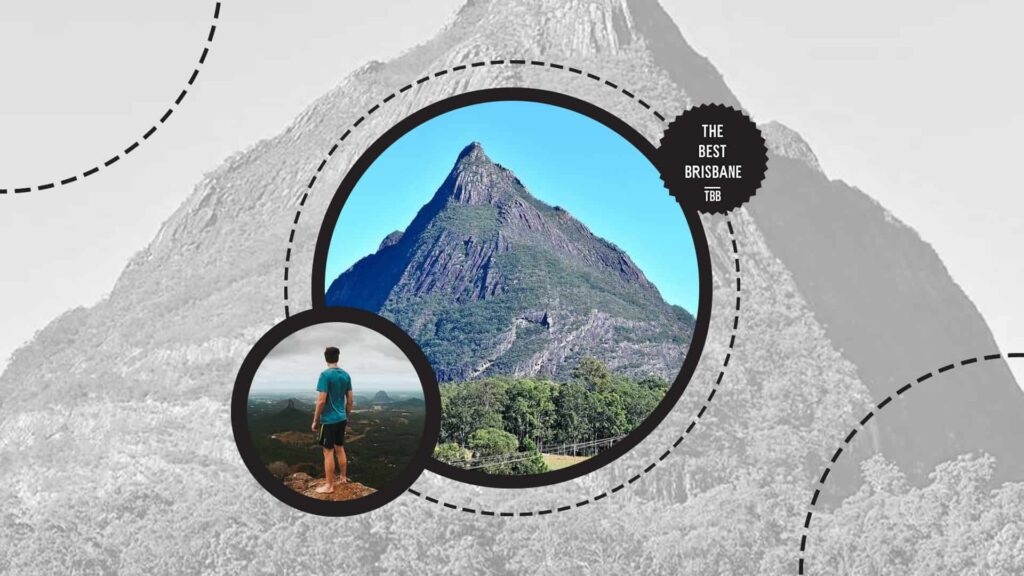
Glass House Mountains National Park is a stunning natural area located in the Sunshine Coast region of South East Queensland. Recognised for its cultural and natural importance, the park is listed on the National Heritage Register.
Here, you can enjoy various outdoor activities such as bushwalking, camping, and wildlife spotting. The park is also rich in history, being deeply significant to the traditional Aboriginal owners of the land.
Your visit to Glass House Mountains National Park will be filled with the beauty of different walking tracks, lush state forests, and magnificent mountains that hold both cultural and national significance.
The Glass House Mountains are a unique set of peaks in the Sunshine Coast Hinterland, unlike anything else along Australia’s east coast.
These formations are estimated to have been created millions of years ago due to volcanic activity. There are 13 peaks within the park to explore:
- Mount Beerwah – The highest peak at 556 meters, offering challenging climbs and rewarding views.
- Mount Coonowrin – Also known as Crookneck, it’s closed to climbers due to safety concerns but remains a striking sight.
- Mount Tibrogargan – Known for its shape resembling a gorilla, it’s a popular spot for climbing and offers panoramic views.
- Mount Ngungun – One of the easier climbs, suitable for families, with a summit providing fantastic views.
- Mount Tibberoowuccum – Less visited, offering a quieter experience and views of the surrounding peaks.
- Mount Beerburrum – Features a lookout tower at the top, providing sweeping views of the region.
- Mount Elimbah – Also known as Saddleback, it’s a lesser-known peak offering a serene walking experience.
- Mount Miketeebumulgrai – Not as commonly visited, it offers a peaceful retreat with scenic surroundings.
- Mount Tunbubudla (East and West Peaks) – Known as the Twins, these peaks provide a challenging hike and unique perspectives of the park.
- Mount Coochin (East and West Peaks) – Offers twin summits for hikers, with excellent views and a relatively easy climb.
- Mount Mellum – A more remote peak, perfect for those looking to explore off the beaten path.
- Wild Horse Mountain – Features a lookout that is accessible by car and provides incredible vistas over the Glass House Mountains.
- Mount Coolum – A nearby peak with a steep but rewarding climb, offering panoramic views of the coast and hinterland.
Each peak has its own unique features and challenges, making Glass House Mountains National Park and the surrounding areas a must-visit for nature lovers, hikers, and those interested in Aboriginal cultural heritage.
How to Get to Glass House Mountains National Park
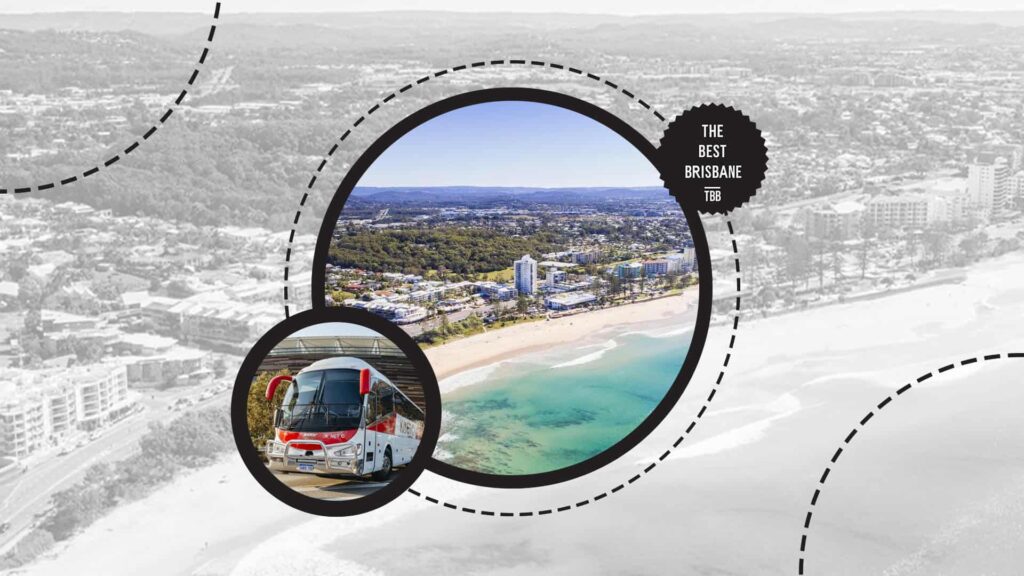
Getting to Glass House Mountains National Park is easy. You can choose to drive your own vehicle, use ridesharing or a taxi, or take public transport.
For us, driving is the most convenient option, especially if you value flexibility and time. From the Sunshine Coast, the journey to Glass House Mountains National Park takes about 45 minutes by car.
Simply head south along the Bruce Highway and follow the signs to the park. This route is straightforward and allows you to explore the area at your own pace.
Using a ridesharing service or a taxi is another convenient option. These services can pick you up from your location and take you directly to the park.
While this option might be more expensive than public transport, it offers comfort and saves time, making it a good choice if you’re looking to get there quickly without having to bring your own vehicle.
Meanwhile, for those who prefer public transport, taking the bus is a good option. From the Sunshine Coast, you can catch the Line 620 bus.
However, this route takes around 2 hours to reach Glass House Mountains National Park, making it a longer journey compared to driving. If you don’t mind the extra travel time, the bus is an affordable and environmentally friendly way to get there.
Essential Things to Know
Media credit: @adventurewithemily
Glass House Mountains National Park is a stunning destination, but to make the most of your visit, there are some essential things you should know:
- Accessibility: Located in the Sunshine Coast region of South East Queensland, the park is easily accessible by car, ridesharing, taxi, or public transport.
The park has proper traffic signs everywhere and has designated parking areas at the trailheads.
- Entry: Entry to the park is free. Basic facilities, including toilets and picnic areas, are available at various points within the park. It’s a good idea to bring your own water and snacks, as there are limited amenities.
- Weather: The region enjoys a subtropical climate, which means warm, humid summers and mild winters.
The best time to visit is during the cooler months from April to October when the weather is pleasant for hiking and outdoor activities.
- Walking Tracks and Difficulty Levels: The park features a variety of walking tracks that cater to different fitness levels:
- Easy Walks: Suitable for families and beginners, like the Mount Ngungun track.
- Moderate to Challenging Hikes: For more experienced hikers, such as the Mount Beerwah and Mount Tibrogargan tracks. These tracks may involve steep climbs and require a good level of fitness.
- Safety and Precautions
- Stay on marked trails: To protect both yourself and the environment, always stick to the designated paths.
- Wear appropriate gear: Sturdy walking shoes, a hat, sunscreen, and insect repellent are essential.
- Check trail conditions: Some trails can be closed due to weather conditions or maintenance, so check the park’s website or contact the visitor center for updates.
- Wildlife and Conservation: The park is home to diverse flora and fauna. You may encounter kangaroos, koalas, various bird species, and unique plant life. Respect the wildlife by observing from a distance and not feeding animals.
The park is also significant for its Aboriginal heritage, so be mindful of cultural sites and follow guidelines to protect them.
- Camping and Accommodation: While there are no camping facilities within the park itself, nearby areas offer camping grounds and other accommodation options.
Plan ahead and book your stay in advance, especially during peak seasons.
- Respecting Cultural Heritage: The Glass House Mountains hold great cultural significance for the traditional Aboriginal owners. Learn about the cultural history and respect the heritage sites by following all park guidelines and signage.
Glass House Mountains National Park: Tips and Reminders
Here are some handy tips and reminders to make the most of your visit to Glass House Mountains National Park:
- Check the weather: Look at the forecast before you go, especially during peak times from April to October.
- Know the trails: Research the walking tracks to match your fitness level. Some are easy, and others are more challenging.
- Bring water and snacks: There are limited facilities, so bring enough water and some food.
- Wear proper gear: Wear sturdy walking shoes, a hat, sunscreen, and insect repellent. Dress in layers for changing weather.
- Bring a map and phone: Carry a park map and a fully charged phone for emergencies.
- Start early: Begin your hike early to avoid the heat and give yourself plenty of time.
- Hike with others: If possible, hike with a friend. If alone, inform someone of your plans.
- Don’t feed animals: Observe wildlife from a distance without feeding them.
- Leave no trace: Take all rubbish with you and leave the park as you found it.
- Limited amenities: Basic facilities like toilets and picnic areas are available, but no shops. Plan ahead for your needs.
- Carry a first aid kit: A small first aid kit can be useful for minor injuries.
What to See and Do in Glass House Mountains National Park
Hike to Wild Horse Mountain Lookout
Media credit: @angieleecooper
You may take a hike to Wild Horse Mountain Lookout, a rewarding trek offering stunning views of the surrounding landscape. The walk is steep but short, making it suitable for both reasonably fit walkers and those who prefer to take their time at a slower pace.
The hike begins at the southern end of the car park. As you start your journey, you’ll pass by towering eucalypts and encounter various wildlife.
The natural beauty of these surroundings is sure to capture your attention.
As you continue your hike, you’ll reach the lookout at the top, which features a fire tower rotunda. This spot provides generous seating and much-needed shade, making it a perfect place to rest and take a break from the heat.
The rotunda is part of a fire monitoring site that works in partnership with Mount Beerburrum, adding an interesting aspect to your visit.
The panoramic views from Wild Horse Mountain Lookout are breathtaking. From here, you can see the entire range of the Glass House Mountains and the expansive countryside beyond.
Learn About the Aboriginal Bora
Media credit: @roaming_fox
As you head towards the inland, you’ll notice a sign directing you to Johnston Road, leading to a Bora Ring. Follow the dirt road, driving between pineapple fields and forestry plantations, until you arrive at the marked site.
A Bora Ring is a sacred ceremonial site for the Aboriginal people of Australia. While the designs can vary, they typically feature an inner and outer ring of stones, surrounded by an earth mound, with a path linking the two.
These rings are used for important ceremonies, often related to male initiation rites.
At this location, only the inner Bora Ring remains. Traditionally, this ring was used exclusively by men for significant ceremonies.
Even though it’s no longer in active use, the site remains sacred due to the deep cultural connection the Aboriginal people maintain between the past, present, and future.
You’ll notice the earth mounding that marks the site, although the outer ring and the connecting path are no longer visible.
Appreciate the View from the Glass House Mountain Lookout
Media credit: @thefuntastictourcompany
You may just take a moment to relax and soak in the breathtaking view from Glass House Mountain Lookout. This spot offers a couple of great vantage points where you can gaze out at the surrounding mountain peaks.
At the lookout, you’ll find covered picnic areas and gas BBQ facilities, making it a perfect spot for a leisurely outdoor meal. There are also clean toilets available for visitors’ convenience.
If you’re up for a short stroll, there’s an 800-metre walking track nearby. And if you’re lucky, you can spot kangaroos, various bird species, including a nest with parent and baby Tawny Frogmouths, and several types of lizards along the way!
Catch the Sunset at Mount Ngungun
Media credit: @andyroyz
You can also catch the sunset at Mount Ngungun, a must-do experience when you’re in Glass House Mountains National Park.
The hike up Mount Ngungun is moderately challenging but manageable for most. As you ascend, you’ll traverse through open forest and lush ferns, adding to the scenic journey.
Upon reaching the summit, you’ll be rewarded with breathtaking 360-degree panoramic views. From here, you can see the surrounding mountain peaks and the expansive landscape stretching out before you.
It’s an ideal spot for photography enthusiasts or anyone seeking a memorable sunset experience.
Facilities at Mount Ngungun include covered picnic areas, gas BBQ facilities, and clean toilets, making it a comfortable place to relax and enjoy the surroundings.
Climb Mount Ngungun
Media credit: @stacey_trolove
Climbing Mount Ngungun, known affectionately as ‘the little mountain with character’, offers a thrilling adventure for newbies to intermediate-level climbers.
The mountain features a variety of climbing routes suitable for beginners, making it an ideal spot for those trying rock climbing for the first time.
Guided by experienced instructors, you’ll start with smaller cliffs and gradually progress to more challenging sections as you gain confidence. Your guide will teach you essential techniques and provide all necessary equipment for the climb.
Before getting on your ascent to the summit, ensure you’re prepared with the right gear. Make sure to wear sturdy enclosed footwear like runners or hiking boots, and dress in comfortable, non-restrictive clothing.
Pack essentials in your backpack too—include at least two to three litres of water, energy snacks, a lightweight jacket for weather changes, a hat, sunscreen, sunglasses, and insect repellent.
Spot Wildlife and BIrds
Media credit: @joelsjourneys.au
Birdwatchers will be thrilled by the variety of species found here, ranging from colorful parrots to melodious honeyeaters and elusive owls.
The park is also home to a wide range of reptiles and mammals, including koalas, wallabies, and echidnas, adding to the richness of its ecosystem.
Whether you’re staying at accommodation in the Glass House Mountains or exploring areas like Mount Elimbah, Beerburrum State Forest, or Mount Ngungun, you’re likely to encounter these fascinating creatures.
During hikes and walks, the park’s rugged hills and lush forests provide ample opportunities for wildlife spotting.
Go For An Easy Walk at Mary Cairncross Scenic Reserve
If you’re in search of a relaxing stroll through the forest, Mary Cairncross Scenic Reserve is the perfect destination. This reserve offers gentle walking trails(walking trails brisbane) surrounded by lush greenery and native wildlife.
Located nearby is a charming cafe where you can grab a bite to eat or enjoy a coffee before or after your walk. Don’t forget to cross the narrow country road to take in the breathtaking views of the Glasshouse Mountains in the distance.
Additionally, Mary Cairncross Scenic Reserve not only offers calm and natural beauty but also educational opportunities at its Discovery Centre, where you can learn about the local flora and fauna.
Take a Side Trip to Australia Zoo
Media credit: @crocodilehunterlodge
Consider taking a side trip to Australia Zoo while visiting the Sunshine Coast. Located conveniently along Steve Irwin Way, this famous zoo offers an exciting and educational experience for visitors of all ages.
At Australia Zoo, you can get up close to a variety of animals, including kangaroos, koalas, crocodiles, and more. There are interactive wildlife shows where you can learn about conservation efforts and see these amazing creatures in action.
The zoo is well-maintained with spacious habitats that provide a comfortable environment for the animals.
In addition to animal exhibits, Australia Zoo features beautiful gardens, picnic areas, and dining options to make your visit enjoyable.
It’s a great destination for families, animal lovers, and anyone interested in learning about Australia’s diverse wildlife in a fun and engaging way.
Appreciate the Flowers at Botanical Gardens
Appreciate the vibrant beauty of flowers at the Botanical Gardens. These gardens offer a stunning collection of native and exotic plants, meticulously curated to showcase seasonal blooms throughout the year.
Strolling through the gardens, you’ll encounter a kaleidoscope of colours and fragrances, from delicate roses to bold tropical blooms.
Each section of the gardens offers something unique, whether it’s a calm water feature surrounded by lilies or a secluded corner filled with native wildflowers.
Additionally, many gardens also host events, workshops, and guided tours to enhance your experience and deepen your appreciation for botanical diversity.

